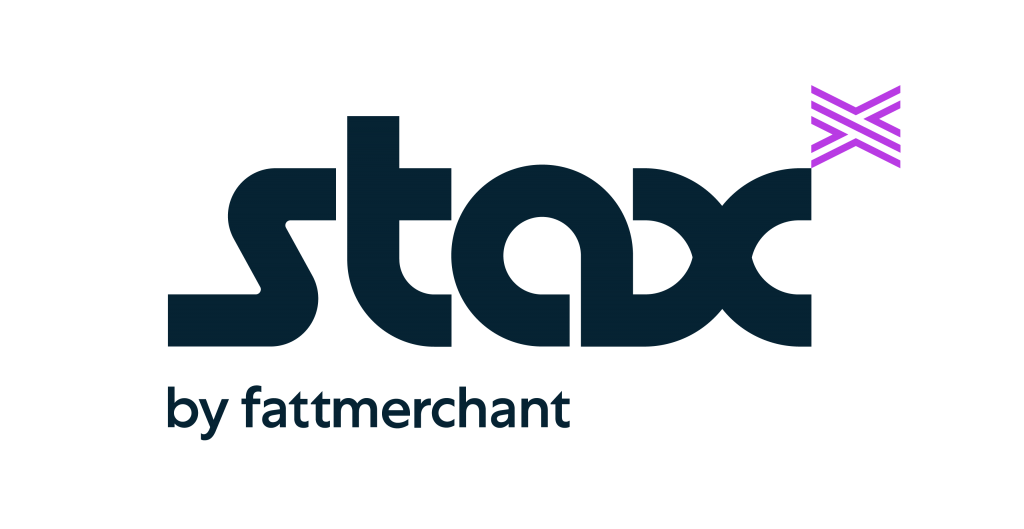In the ever-evolving sphere of fintech solutions, numerous companies have emerged, each with its unique proposition. Stax, formerly known as Fattmerchant, is one such company that has garnered attention. In this review, we will unpack the offerings of Stax, providing insights into its features, strengths, and potential areas of improvement.
Brief Overview:
Stax is a modern payment technology platform designed for businesses of all sizes. Initially known as Fattmerchant, the company rebranded to Stax to reflect its expanded suite of services beyond payment processing. Since its inception, Stax has aimed to simplify the payment process, with transparent pricing and a focus on offering an integrated software platform for businesses.
Features of Stax:
- Omni Software Platform: This integrated platform provides tools for invoicing, billing, reporting, and customer analytics, all in one centralized dashboard.
- Transparent Pricing: Stax employs a subscription-based pricing model, eliminating the often-confusing percentage markup. This results in potentially significant savings for merchants, especially those with high transaction volumes.
- Integrated Payments: Stax supports a variety of payment methods, including in-person card payments, online payments, invoicing, and even ACH processing.
- Developer-Friendly: With a robust API, businesses can seamlessly integrate their existing systems with Stax’s payment solutions.
- Advanced Analytics: The platform provides detailed transactional data and analytics, helping businesses understand their performance and make informed decisions.
Pros of Using Stax:
- Unified Experience: One of the key strengths of Stax is its all-in-one platform, which eliminates the need for multiple software solutions for different business needs.
- No Percentage Markup: The subscription-based model can be beneficial for businesses, making payment processing costs predictable and transparent.
- Responsive Support: Stax offers 24/7 customer support, ensuring that businesses receive timely assistance when needed.
- Scalability: Whether it’s a small business or a larger enterprise, Stax offers solutions that can scale with the growth of the company.
Cons of Using Stax:
- Setup Fee: Depending on the plan chosen, there might be a one-time setup fee.
- Monthly Minimum Requirement: Some plans come with a monthly minimum processing requirement, which might not be ideal for businesses with fluctuating transaction volumes.
- Contract Terms: Some users have mentioned longer contract terms, which can be a downside for businesses looking for more flexibility.
Conclusion:
Stax, with its transparent pricing model and integrated software platform, presents a compelling offering in the payment technology landscape. While there might be certain considerations to factor in, such as potential setup fees or contractual terms, the overall value proposition, especially for businesses with substantial transaction volumes, is undeniable. As with any service, it’s essential for businesses to evaluate their specific needs and determine if Stax aligns with their operational requirements and growth goals.
